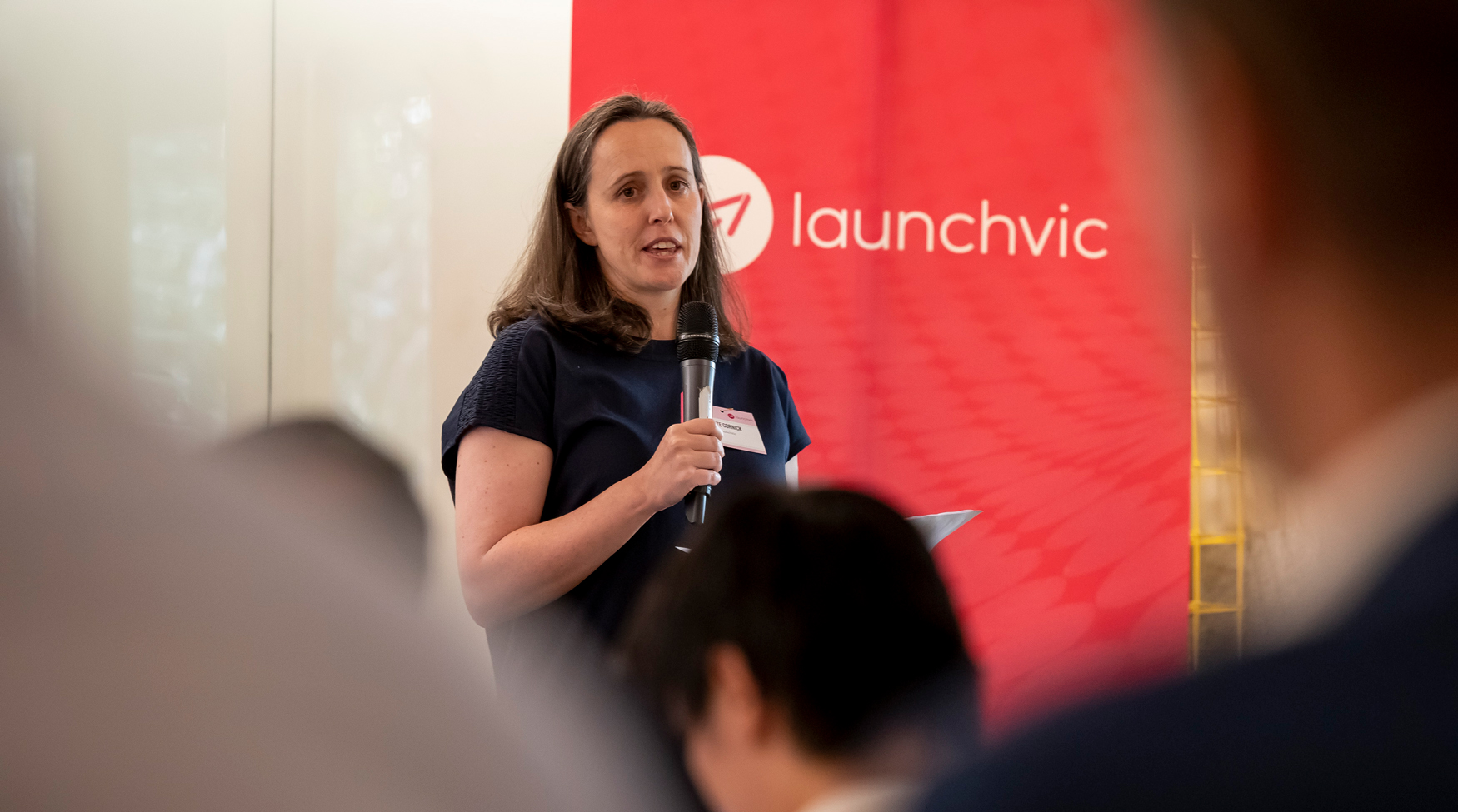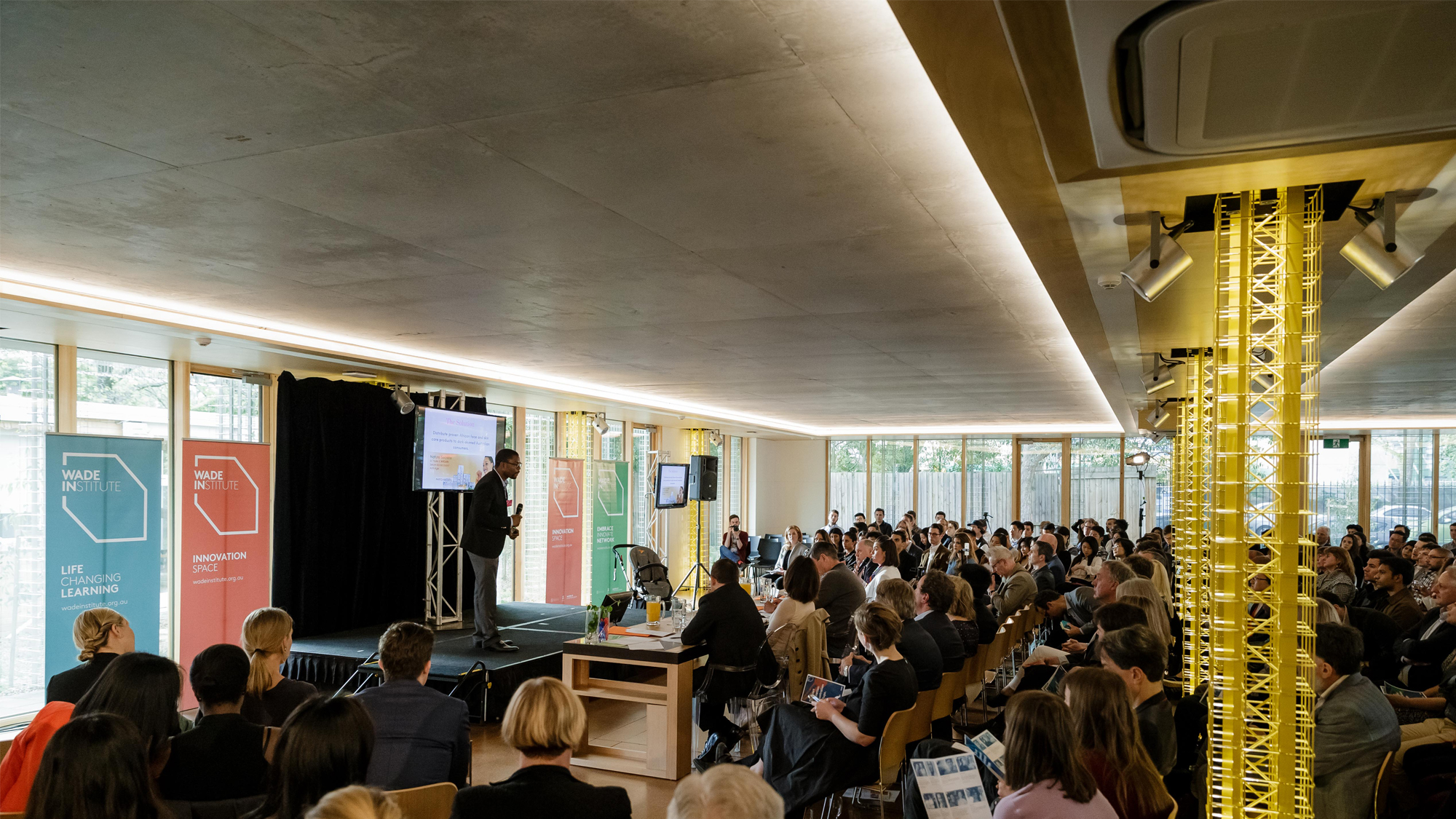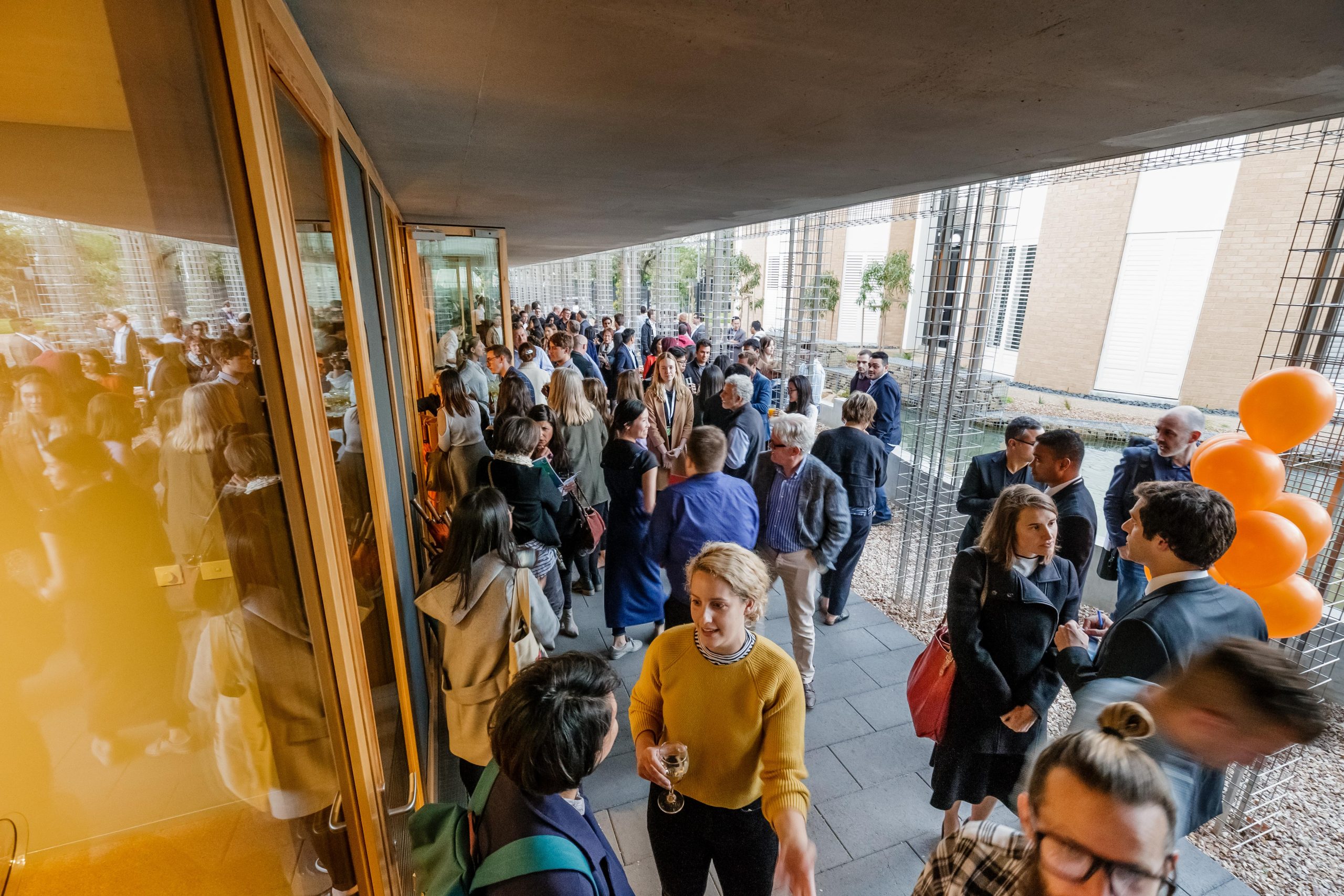Dr. Kate Cornick is CEO of LaunchVic, the Victorian Government’s startup agency, which focuses on building the capability and confidence of Victorians to create, scale and invest in technology-driven startups. She’s also an alumna of VC Catalyst.
With considerable experience as a founder and within academia, corporate organisations and government, Kate sat down with Garry Williams to share the trends and opportunities for Victoria’s continued emergence as a globally recognised innovation hub.
GW: Thanks for joining us Kate. Let’s begin with an emphasis on LaunchVic’s focus on engaging and activating more investors in the Victorian technology ecosystem?
KC: We want to see more investment into Victorian startups – especially at early stage. Activating angel investors is key to this – we’ve supported nine angel networks to come to market. Our work with Wade Institute of Entrepreneurship and VC Catalyst is absolutely targeted at that.
We also want to see more early-stage VC funds. We’ve seen groups such as Archangel (Ventures) flip up into a VC fund. Seeing angel networks flipping up is very commensurate with what we see globally: a syndicate of angels becoming a fund, growing, and naturally moving into later stage investments.
‘When we started, there were only a couple of Angel networks. You had to be really very much in the know to know who the angel investors were and if you didn’t know them, it was really hard to find them.’
GW: Which verticals or sectors have seen the greatest levels of investment in that time, from a trends perspective?
KC: We’ve seen the most amount of investment flow to the health and fintech sectors. Health is one where we’ve experienced lots of investment over a number of years.
Fintech is larger in Victoria now, and when you start seeing large companies such as Judo Bank and Airwallex achieve, you also start to see an ecosystem pop up around them at a macro level.
GW: What is the main story the Victorian startup ecosystem wants to tell the world?
KC: I think there’s a bit of a nuance in there because part of the story is actually speaking to Victorians, to tell the story that you can build a fantastic tech business from Victoria.
‘Ten years ago, there was a brain drain to Silicon Valley. I got it when I was running my company, being told ‘You’re crazy to stay in Australia, why are you trying to build a company there, just get out.’
You don’t hear that as much now. But I think a big part of the storytelling is, ‘Victoria is a fantastic place to build a tech business.’
GW: In VC Catalyst, there’s a spotlight on the investment thesis, and the ability for investors to communicate externally what that thesis is. What’s your perspective on this?
KC: Investor storytelling is incredibly important – we demand a lot from founders to be able to articulate their vision really clearly, so the same clarity should apply to investors.
‘What level of risk-appetite do you have? Are you purely a SaaS investor, or are you prepared to stretch into some adjacency, such as SaaS plus hardware?’
Being able to articulate really clearly, and directly, to founders is so important. While it can be hard to have challenging conversations, tell them directly what you think and don’t lead them on thinking you are being kind.
Give clear feedback that they can take away, because if you’re thinking it, another investor is likely to be thinking it too.
GW: We discussed with [VC Catalyst Lead Instructor] Rachael Neumann that corporates need to be at the table, and exits need to be part of the conversation. What are your thoughts on that?
KC: I completely agree. We have a real interest in the exit side of things, and agree that it’s not discussed enough. There’s this general mindset that exits mean IPOs. We also have to note that we’ve got a maturing startup ecosystem, and when you’re seeing secondaries options (like Leigh Jasper’s SecondQuarter Ventures), that is actually another way to achieve exits for investors.
I also think there’s a really important discussion to have around mergers & acquisitions. So that goes back to the role of corporates in the startup ecosystem. That’s something that we still need to do a lot of work on.
GW: Thanks Kate. Last question is centred on you as an investor. What do you focus on as part of your personal investment thesis?
KC: Well, despite running Victoria’s startup agency, I do invest but I focus on interstate or international businesses. My investment portfolio is around 20 companies at the moment. I focus on B2B SaaS mainly, because my startup was a HR tech startup, so I understand that market well.
I’m happy to add that as a result of VC Catalyst, I changed my investment thesis, because I used to run a lot more due diligence, putting larger cheques into a smaller number of companies.
As a result of VC Catalyst, I’ve made about 15 investments and have gone much harder at building a diversified portfolio, with smaller cheques into more companies.
‘We’ve done significant work over time to bring new angels in, and those angel networks have websites and front doors that people can walk through. You don’t need to be as connected to be able to find your way to capital anymore.’





